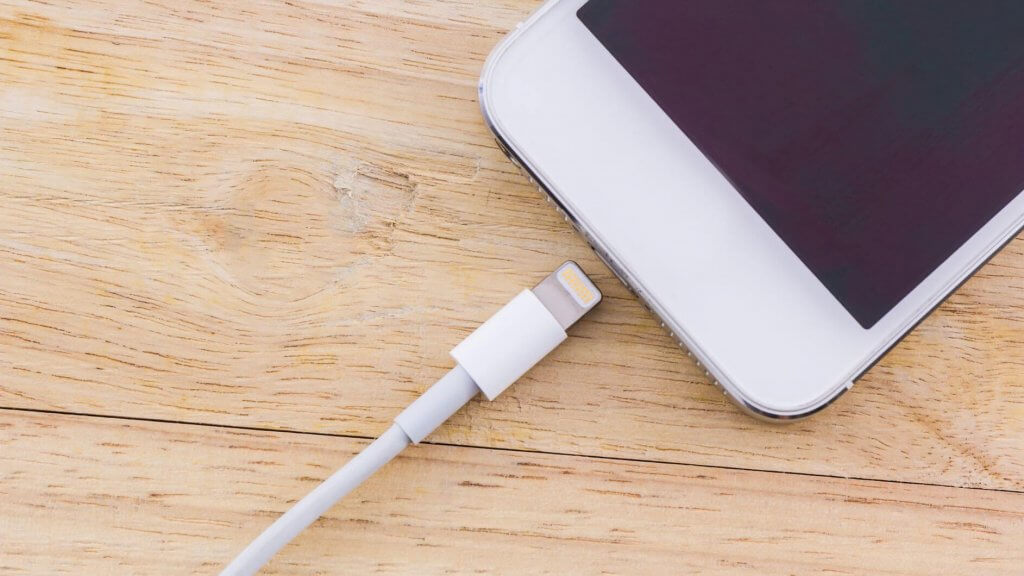
The wide adoption of technology tends to make businesses and employees worry about lost revenue. However, mobile banking technology and payment apps benefit everyone with few expectations. As long as you have an internet connection, you’ll benefit from online banking.
7 Reasons Why Consumers Use Mobile Banking Apps
Banks have to embrace the online revolution if they want to keep customers happy. 97% of Millenials, 91% of Gen Xers, and 79% of Baby Boomers understand the benefits of using online banking. It’s estimated that 89% of people use mobile banking, and that number will increase.
According to Statistica, there are 7 reasons why people use online banking apps in the US:
All the above reasons have to do with convenience. With online banking, you don’t have to go into the bank to pay bills, transfer funds, or view your balance or recent transactions.
However, it’s important to note that convenience can also be a detriment. For example, most crypto exchanges charge fees for credit card transactions, which range from 3% to 5%. But, you can use platforms like SoFi Invest® to invest in cryptocurrencies without any hidden fees.
The Benefits of Using Mobile Apps in Banking
Finance apps can do everything from trading stocks to customer support. No matter what features they offer, it’s clear that payment apps will stick around for the following reasons.
1. Banking Apps Cut Operational Costs
By developing an online banking app and promoting it to your clients, you benefit from reduced bank operating costs. Banks no longer have to rely on paper or bank tellers to provide important information. Now, anyone can go online, which saves banks time, money, and resources.
Plus, mobile apps offer transactions that are ten times cheaper than ATM transactions. If everyone permanently switched to non-cash transactions, you wouldn’t even need an ATM.
Banking apps are also highly beneficial for those who are linked with subscriptions. It seems like many every day transactions in this day and age require a subscription, which is why banking services should look into implementing a subscription management solution to ensure that members can handle their outgoings in an effective manner for their financial wellbeing.
2. Banking Apps Provide Improved Security
Cybercrimes are becoming more prevalent everywhere, and banking glitches seem to happen all the time. In fact, the banking industry gets hit with IT glitches five times a week, so wouldn’t that make banking apps less safe? No, as they have more fail-safes than phones and paper.
Anyone could walk up to your door and steal your bills, and novice hackers could easily listen in on phone lines. However, web apps contain multiple encryption measures to stop threats.
3. Bank Apps Provide Additional Revenue
Non-banking apps that have to do with budgeting or trading stocks generate additional revenue for websites because most of their demographic uses smartphones to do their banking. Banks can also impact ROI and engagement by offering more value-added services on their app.
Customers who use mobile apps are often more engaged with banking activities than branch-only customers, so they’re more likely to use more products and purchase more services.
4. Bank Apps Can Utilize Data Analytics
All businesses need to watch their analytics to ensure they’re selling the right products to the right people. Banks also need to utilize data if they want to track spending habits and needs. Most of your customers won’t know they can use a hot financial product unless you tell them.
While banks should also focus on customer feedback, data and analytics are more reliable at predicting customer needs. With this information, you can improve the customer experience.
5. Bank Apps Improve Customer Experience
Mobile payment and banking apps are always available for customers and can be customized by the user. For example, a bank user could put monthly spending caps on the fund in their checking account and then turn on push notifications if they overspend or are close to their limit.
What’s more, users can take advantage of features that make it easier for them to buy things. Tap to pay, AI stock trading, and soft credit reports can help users purchase, invest, and save.